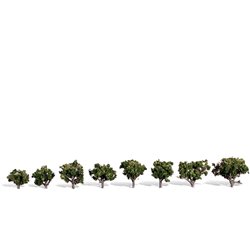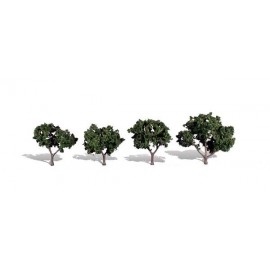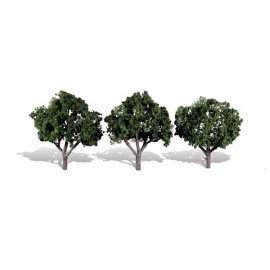Mainline Railways was a British model railway brand that operated between 1976 and 1983, introduced by Palitoy, the...
No products
Product successfully added to your shopping cart
There are 0 items in your cart. There is 1 item in your cart.
Search Tips
Open on Good Friday
The shop will be open on Friday 18th April.
Bring us some chocolate!
How tall should trees be in N gauge?
Trees come in all shapes and sizes, some you can stand under and not be able to reach the bottom branch, some bottom branches will slap you in the face, so there is no specific one size fits all.
The next time you go out, take a look at all the different types and sizes of trees.
When adding trees to your layout, stand at the best viewing point and think where your trees should go to give the best visual impact. Add bigger trees to the front and smaller trees to the back, this will create perspective and will be a visual treat for any admirers.
If you are still unsure about the size, try offering up an N gauge figure to the base of the trees you are interested in, this will give you a better idea when you are tree shopping and away from your layout.
Most manufacturers of trees say that their trees are suitable for any scale and this is true as a big tree in a scale is a small bush in another one. For this reason, there is a wide choice of realistic trees available in all shapes and sizes.
Click here to receive the tips weekly in your mailbox. You can unsubscribe at any time.










